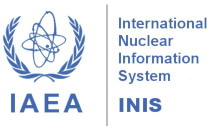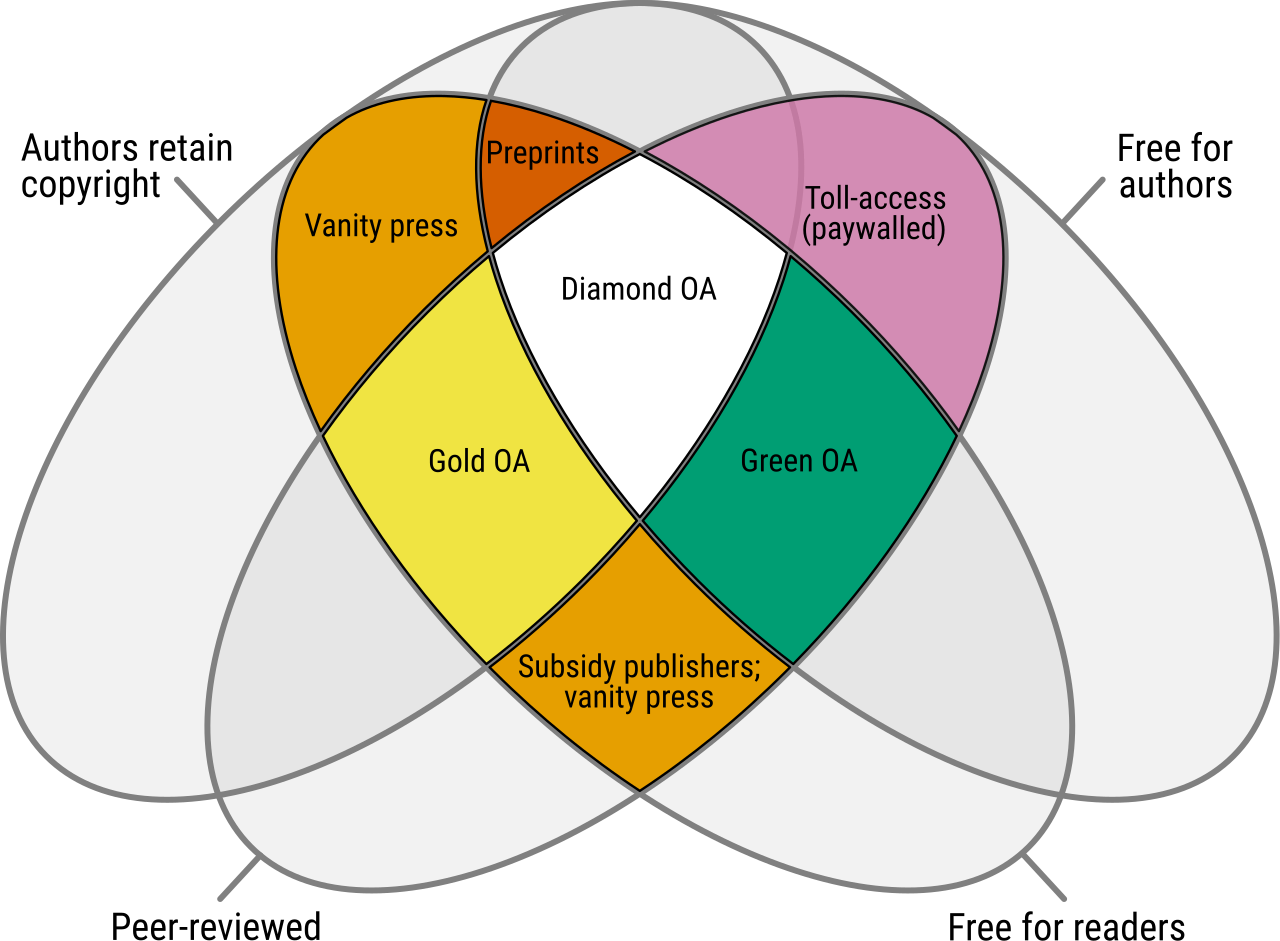New article published in 12(4B) - ENFIR/INAC 2024
Techniques in detect selective leaching in metal components
Abstract: Selective leaching is a corrosion type in, in which certain element in an alloy is preferentially removed from a material, leaving behind a porous or weakened material that can affect its quality and structural integrity. Evaluating the quality of components affected by selective leaching often involves several inspection techniques and assessment methods to determine the extent and severity of degradation. In this paper, we will describe the main techniques that are used in detect selective leaching in metals and the advantages and disadvantages of each. In addition, visual indicators of the presence of selective leaching will be presented. Selective leaching can significantly affect the long-term operation (LTO) of a nuclear power plant (NPP) by compromising safety, structural integrity, and potentially leading to radioactive material release. Due to the fact, Selective Leaching Detection Program is a requirement of the current national regulatory authority, there is a need to know the techniques for early detection of defects and failures in Structures, Systems and Components (SSCs) due to selective leaching, enabling immediate corrections and minimizing resources and replacements. Hence, the importance of this paper to Angra 1 NPP. As a result of this work, it provides a guide that will deal with the fundamental techniques used for manage and mitigate the risks associated with this phenomenon. Read full article.
A Study on Application of SPAR-H Method for Human Reliability Analysis of an Electric-electronic System of a Mechanism for Moving a Nuclear Fuel Irradiation Capsule
Abstract: The “Centro de Desenvolvimento da Tecnologia Nuclear” (CDTN) is developing the prototype of a computer-controlled mechanism for moving a nuclear fuel irradiation capsule, called “Dispositivo de Movimentação da Cápsula” (DMC). This mechanism will be installed in the “Reator Multipropósito Brasileiro” (RMB), which is a Brazilian research reactor currently under construction, and will be used to carry out fuel qualification tests, such as power ramp tests. In addition to the engineering design of the mechanical system, CDTN is also developing the engineering design of the DMC electric-electronic system including a control and data acquisition software. In the context of nuclear facilities, human factors play an important role in safety and reliability assessments. Many techniques are suitable for modeling and analyzing human reliability and, among these, can be highlighted “Standardized Plant Analysis Risk‑Human Reliability Analysis (SPAR‑H)”. In this work, the applicability of this technique to predict human error probabilities (HEPs) is illustrated as an example of a quantitative study to improve the safety and reliability of the DMC electric-electronic system through acting on human factors issues. Read full article.






















